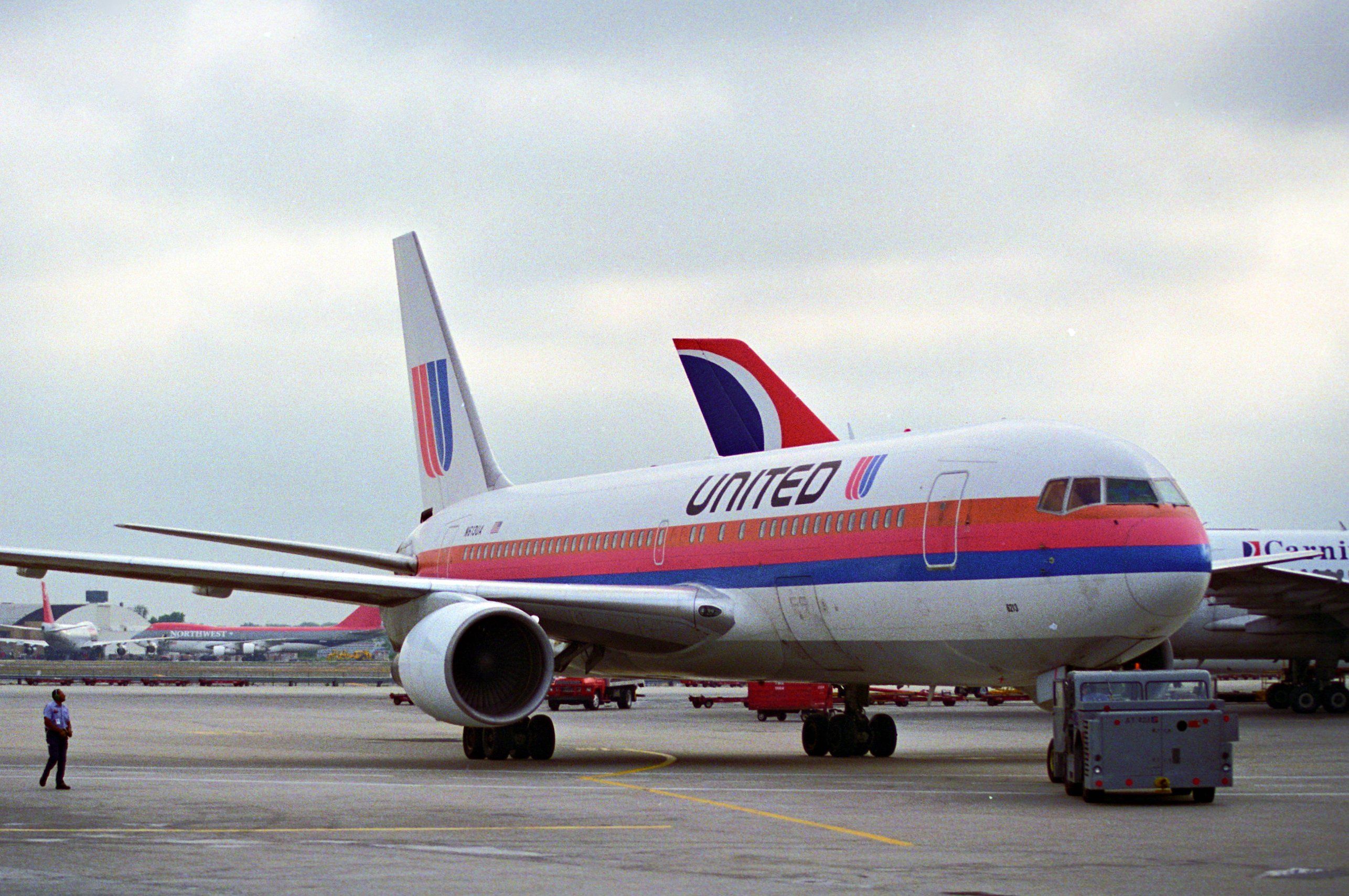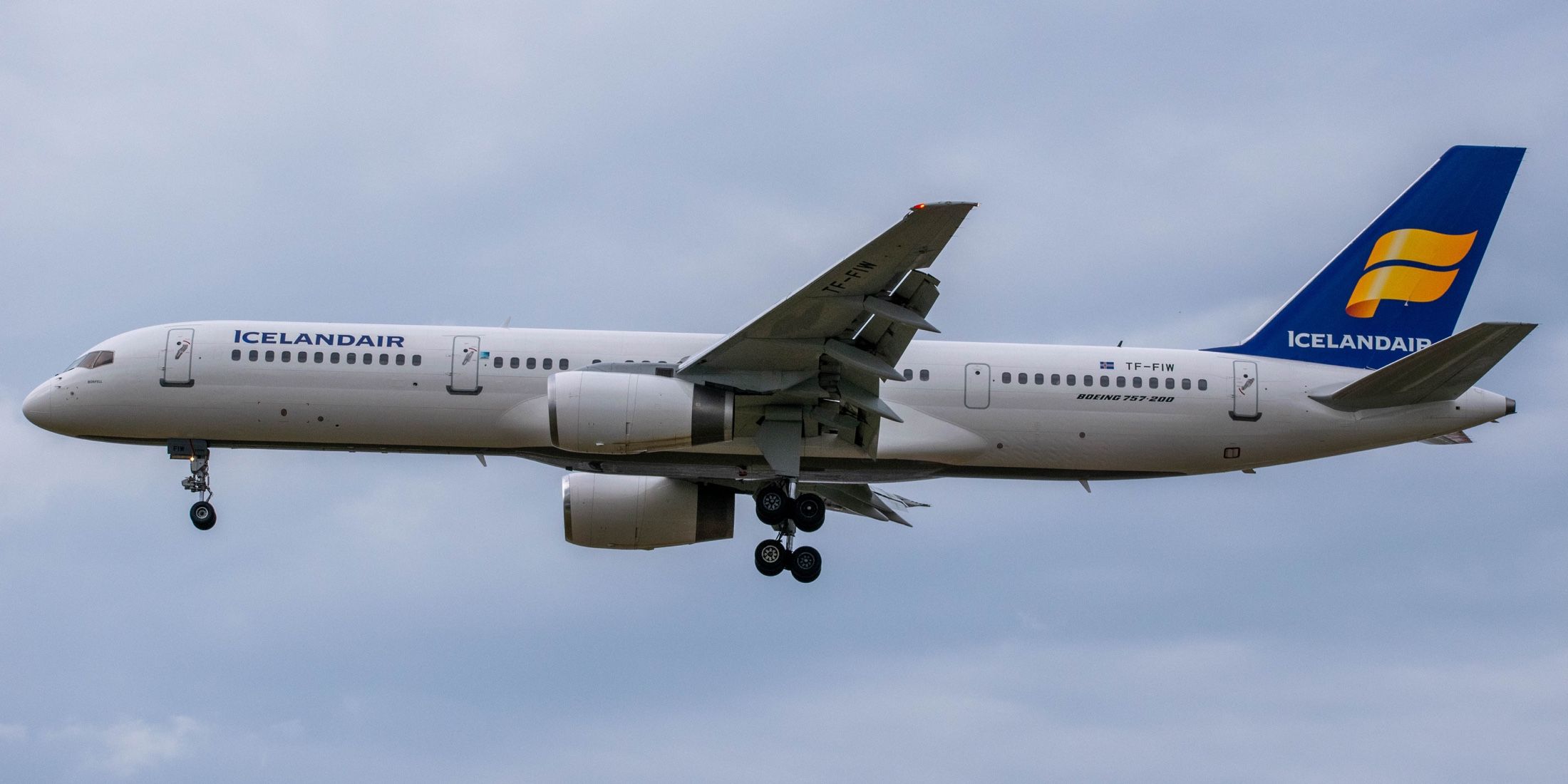Summary
- The Boeing 757 became popular due to its ETOPS approval in 1986, opening up transatlantic routes.
- The aircraft is still in use today, with over 500 in service, mainly for legacy airlines like Delta and United.
- Boeing is exploring options for a successor, potentially developing a re-engined 757X for greater range.
One of the most popular short-to-medium haul aircraft, the Boeing 757, entered service in 1983. The manufacturer delivered over 1,000 examples over the following 20 years, making it a workhorse for many legacy airlines worldwide.
Despite its designed purpose for medium routes, the Extended-Range Twin-Engine Operations (ETOPS) approval opened more doors for the airliner. This article delves deeper into the history of ETOPS approval for the Boeing 757 and how that made the airliner more popular among airlines, as highlighted by the Delta Flight Museum.
Developing the Boeing 757
Boeing developed the 757 during the 1970s as a successor to the popular Boeing 727. The 727 was a great success for the manufacturer. Until the 1990s, it was the most-produced jet aircraft (until the 737 took over).
Airlines, however, wanted something larger (the typical one-class configuration for the 727 was only 155 seats). There was also a desire to move to a more efficient twin-engine design rather than three.
Although it was a replacement for the 727, much of its design and inspiration came from the larger 767. Similarities included the two-person cockpit, aerodynamic features, and interior fittings.
The first prototype aircraft was completed in January 1982 and first flew on February 19th. The first variant, the Boeing 757-200, entered service on January 1st, 1983, with Eastern Air Lines. The 757-300 followed later in 1999, but Boeing only sold 55 of this larger variant.
Popular in the US and Europe
The 757 was ordered by many US and European airlines. All the major US legacy airlines (American Airlines, United Airlines, and Delta Air Lines) operate it. American Airlines operated the largest fleet of 142 (including many acquired from TWA). It retired them in 2020 during fleet simplification. In Europe, British Airways was a major operator of 54 aircraft until its retirement in 2010.
It was and still is popular for its range and its performance in hot, dry, and high-altitude conditions. The 757-200 offers a much higher range than other narrowbodies of 3,915 NM (7,250 kilometers). This easily allowed US airlines to operate transcontinental domestic flights alongside services to Central and South American destinations. For example, Delta pushed its limits well with a route between Atlanta and Brasília, Brazil - a distance of 3,542 NM (6,560 kilometers).
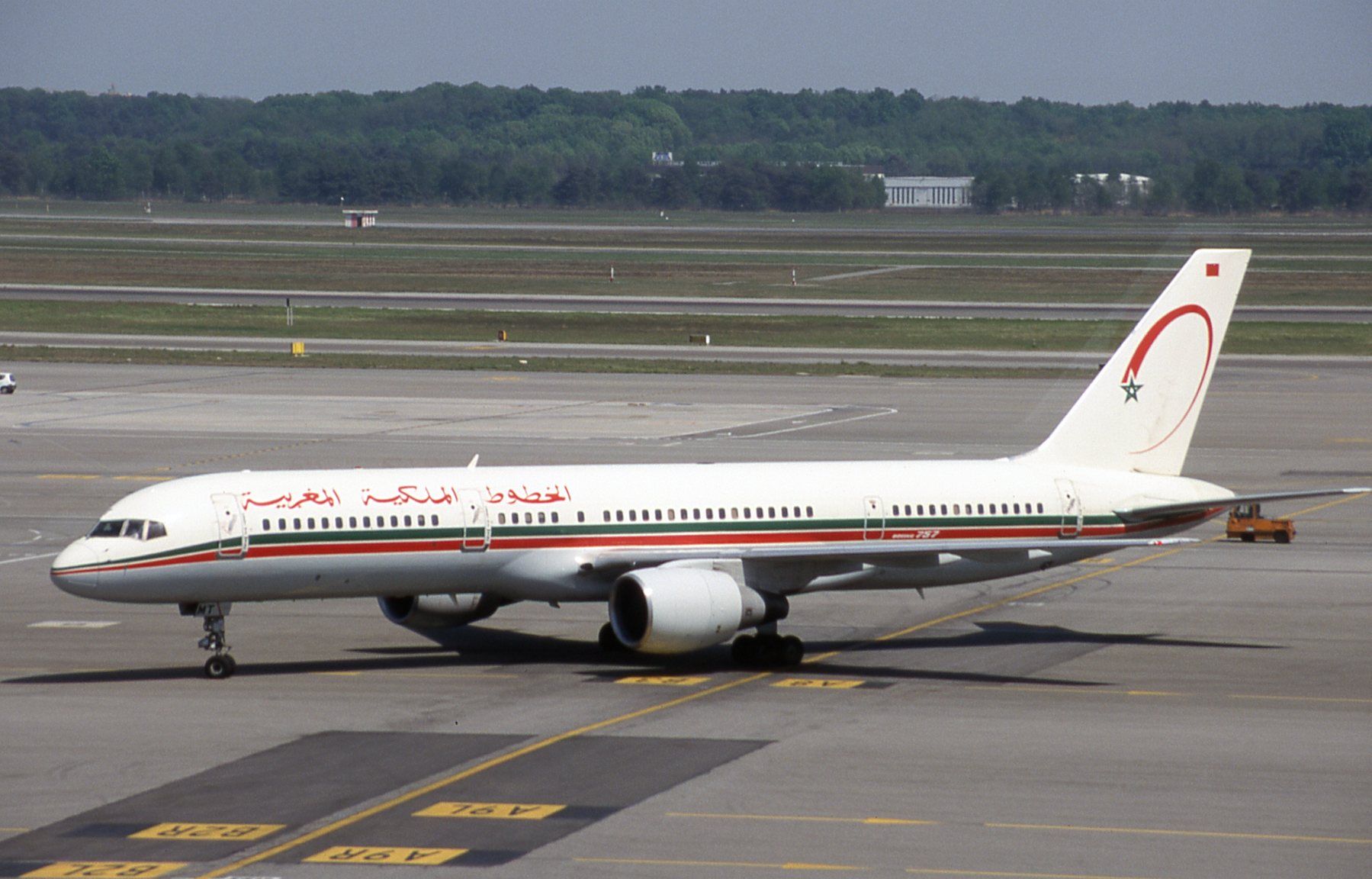
The Story Of Royal Air Maroc's Small But Mighty Boeing 757 Fleet
The Moroccan flag carrier flew three 757s across a 32-year period.New possibilities with ETOPS rules
The 757 offered an impressive range, but at launch, its use was still limited away from land - particularly affecting transatlantic operations. ETOPS changed this.
The rules were first introduced in 1985, allowing a TWA Boeing 767 to operate transatlantic from Boston to Paris with an ETOPS 120 rating. Rules soon extended to other twins. For the 757, those equipped with the same RB211 engines as the 767 were approved for ETOPS 120 minutes in 1986. 757s powered by PW2000 series engines had to wait until 1992 for ETOPS approval.
ETOPS 120 means that aircraft can fly up to 120 minutes from a suitable diversion airport. Before this, they had only been able to operate up to 60 minutes from a diversion aircraft, clearly hampering overwater flights. The new ETOPS rating reflected the increasing confidence in twin engines and actual data on their reliability. This opened up transatlantic route options to twin-engine aircraft.
The 757 had not originally been able to operate those routes, but with many key US and European operators, this was a popular improvement. The 757 soon took on many transatlantic routes with US and European airlines. The lower capacity gave plenty of new possibilities for direct flights. It was also able to operate from the US to Hawaii - with American Trans Air, for example, using it for Tucson to Honolulu services from 1992.
Get all the latest aviation news for North America here!
Many of these pushed the aircraft to its limits. Icelandair, for example, has operated it on a few one-off flights from Reykjavik (KEF) to San Francisco (SFO) - a distance of 3,653 NM (6,765 kilometers). United Airlines has used the 757 on Newark to Berlin - a route just (over 4,000 NM), but with limited payload.
Still used widely today
The 757 has long been popular with many airlines. Today there are still just over 500 aircraft in service, with 62 operators (based on data from ch-aviation.com). Its use in passenger service is declining, though. Delta Air Lines remains by far the top operator, with 127 aircraft. United still operates 72 aircraft, Icelandair has 20, and Condor in Germany has 13 aircraft. It is well-used for freight as well, with 108 aircraft with FedEx Express, 75 with UPS Airlines, and 37 with the Chinese operator SF Airlines.
Boeing has yet to really offer a successor for it. We often discuss this on Simple Flying, and hopefully, something we will see developments with before too long. Boeing had planned the NMA, or 797, as a possible replacement, but this was dropped in 2020 following company difficulties with the grounding of the Boeing 737 MAX and new competition from the Airbus A321XLR.
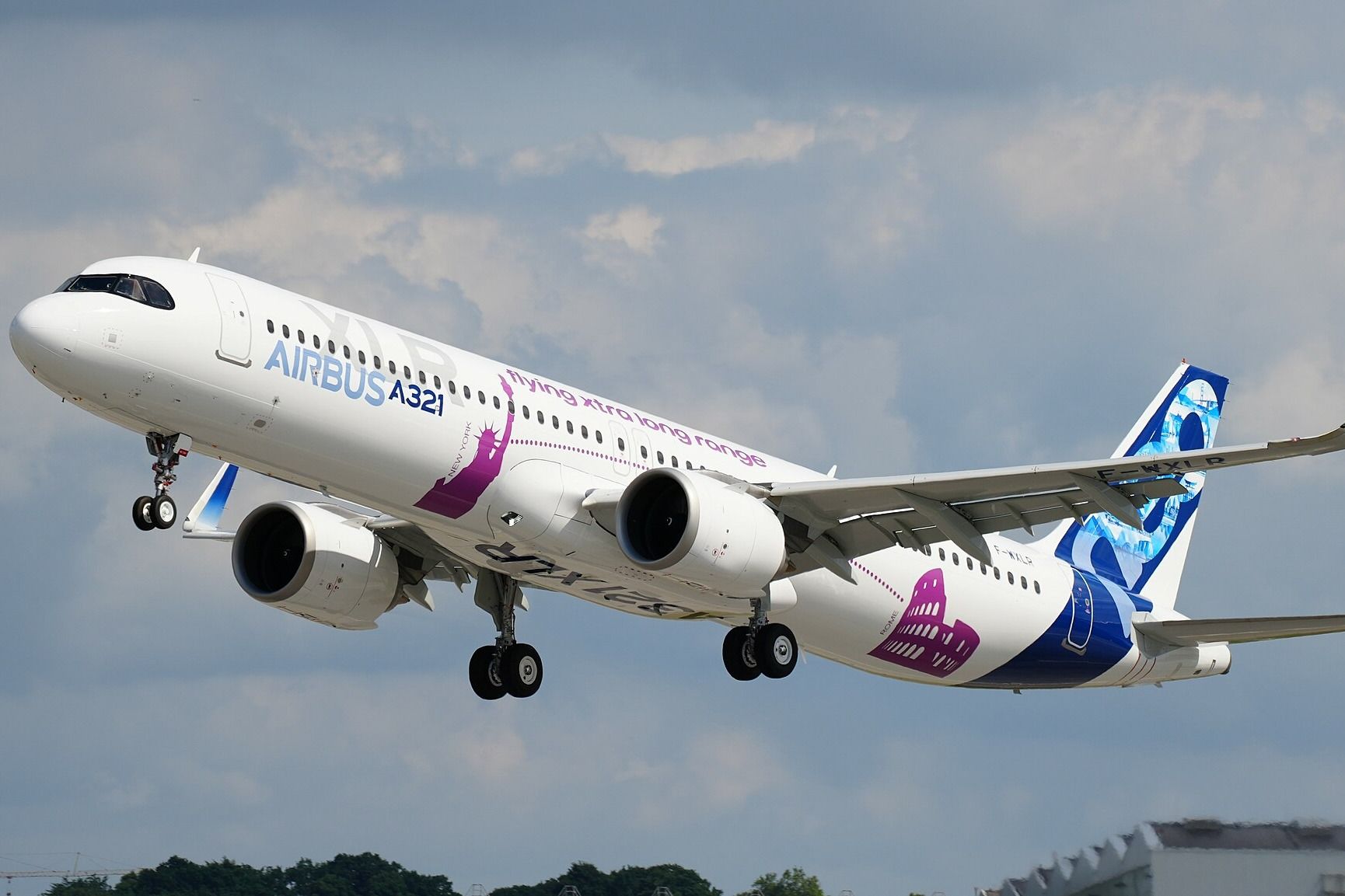
1st Airbus A321XLR For Launch Customer Aer Lingus Spotted In Hamburg
It is expected to enter commercial service in the fourth quarter of this year.The manufacturer is currently assessing options for its next development. One of the possibilities remains to stick with the re-engined 757. The so-called 757 MAX could also have an even greater range and the same excellent operating characteristics. There are other options, though, including a new clean-sheet design or an update to the 767 or 787.
The 757 is a great aircraft and popular with airlines and passengers. As it ages, though, its use is declining - especially in passenger service. Feel free to discuss more about the 757 and your thoughts about a potential replacement in the comments.

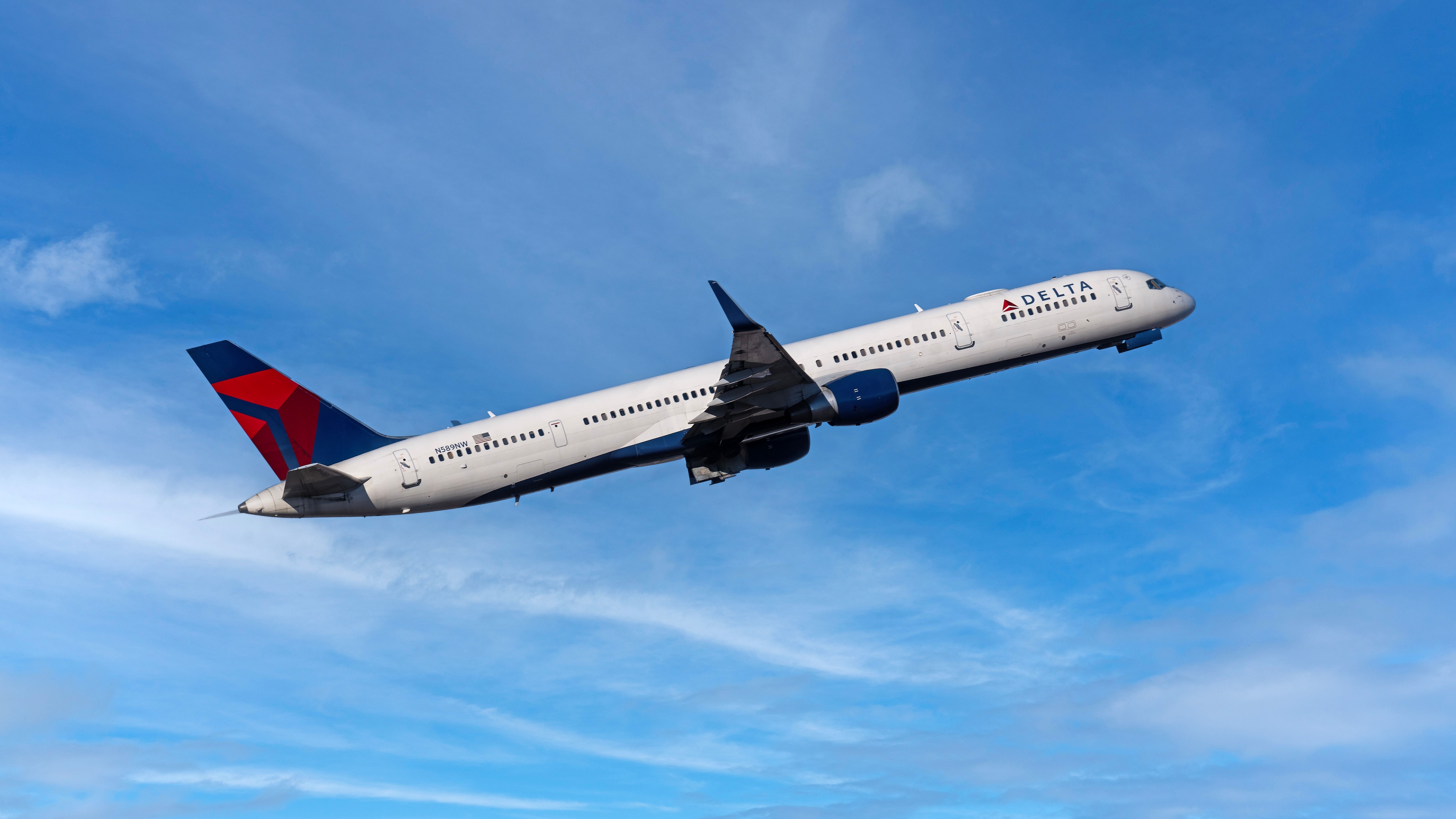
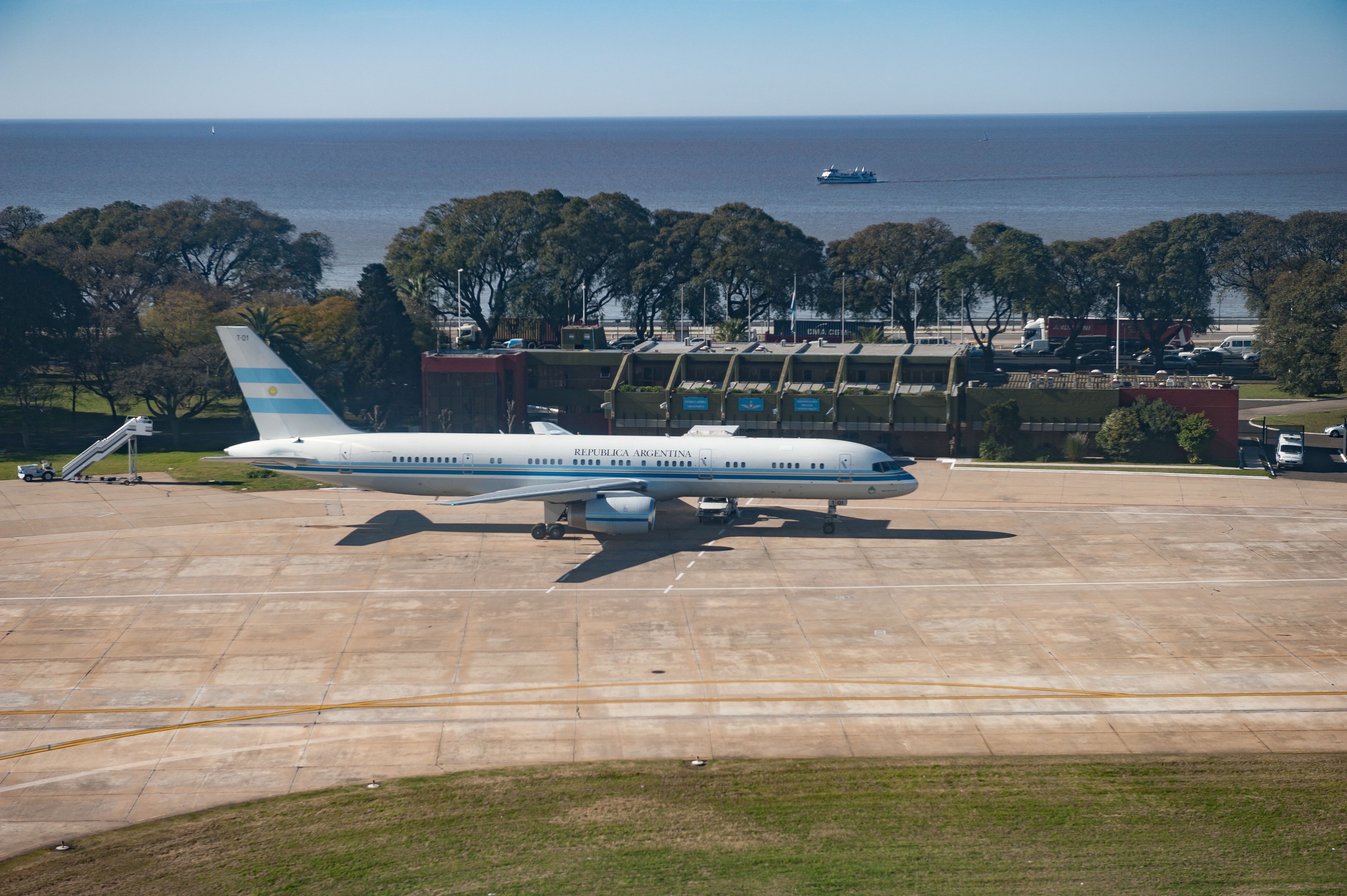
.jpg)
